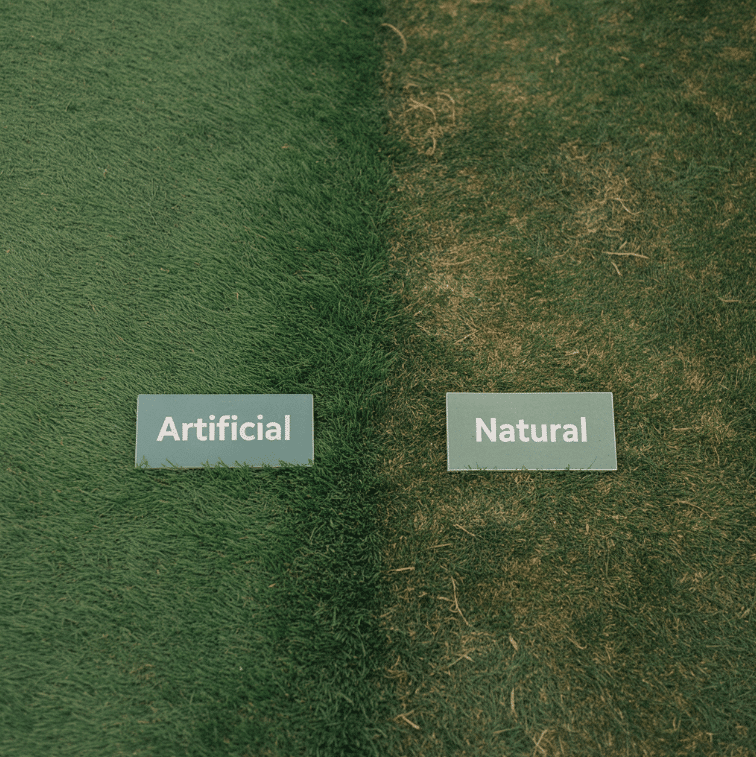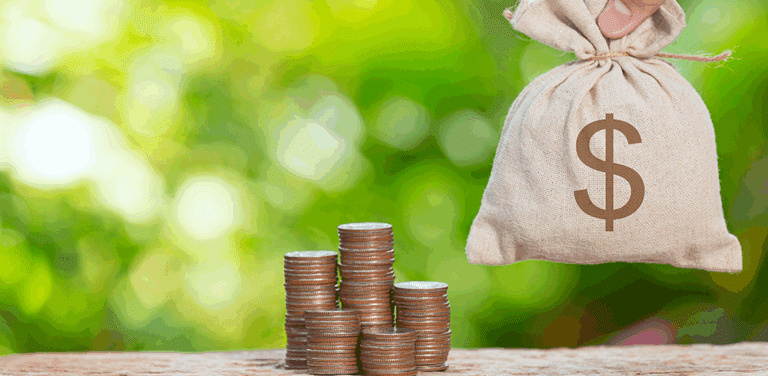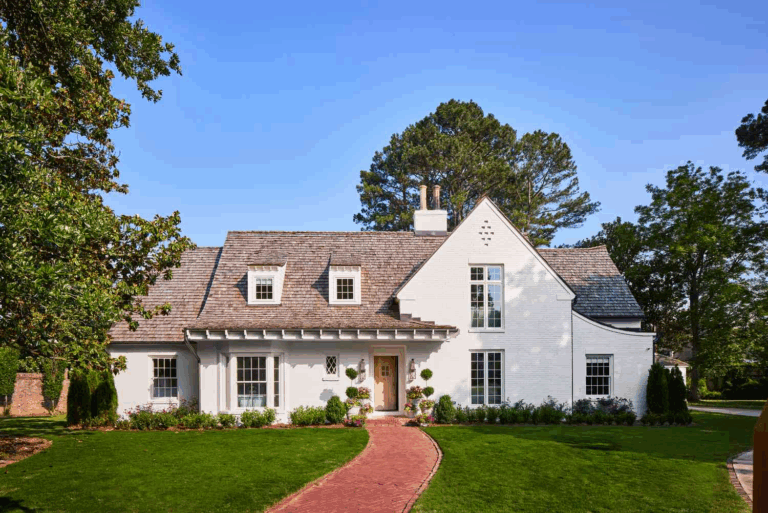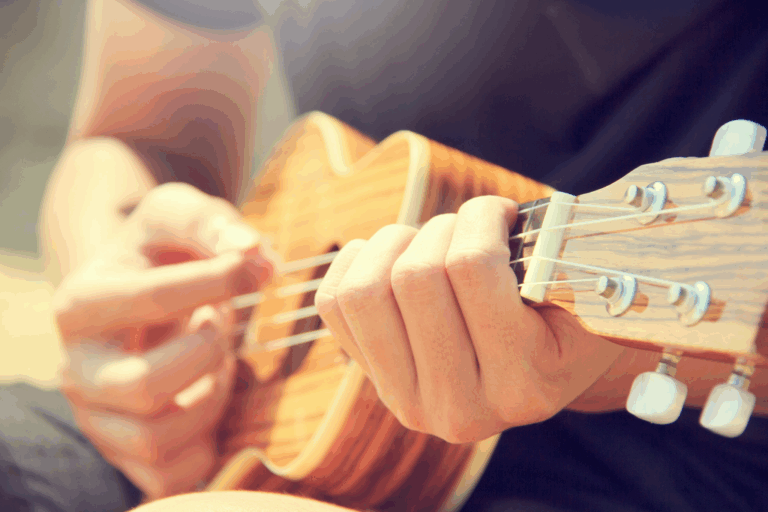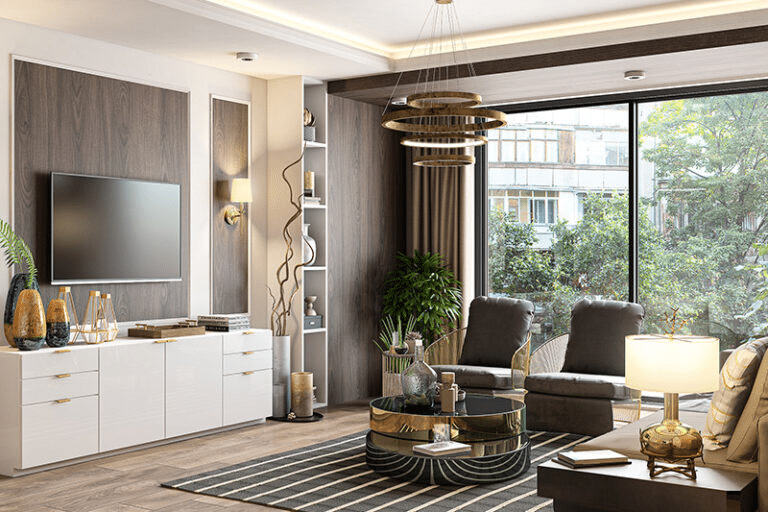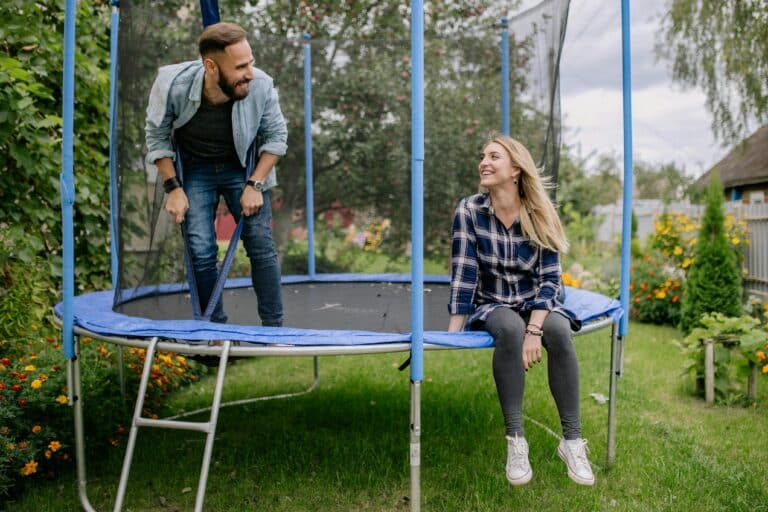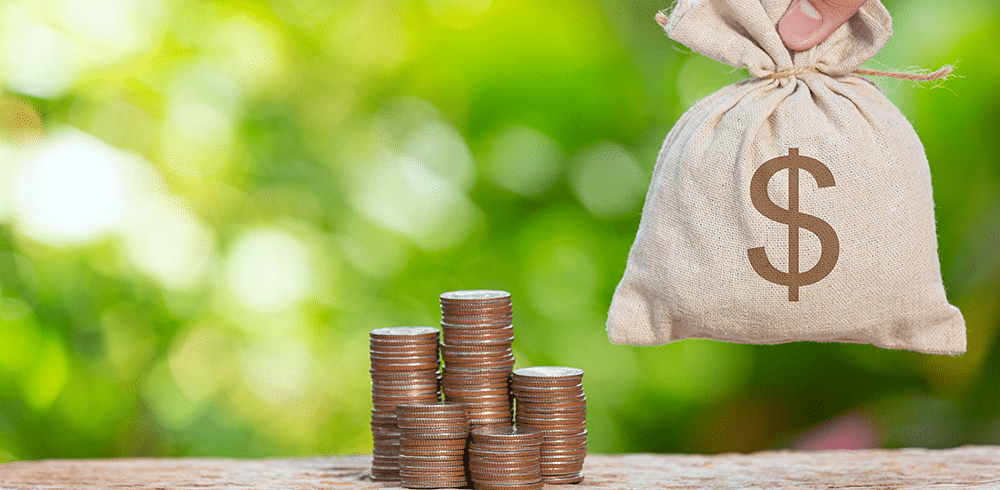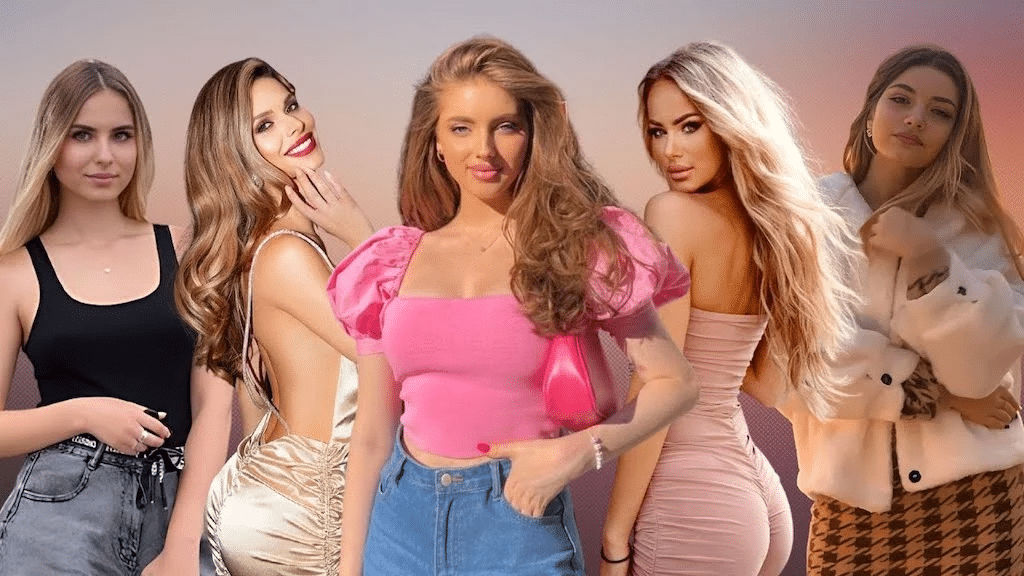The manicured green lawn has been the symbol of suburban paradise for years. With water rationing, toxic pollution, and global warming on everyone’s minds in today’s environment-conscious times, homeowners wonder if the grass is as green as it appears. Artificial turf is rising to prominence as a practical solution that offers an environmentally friendly alternative to constant watering, trimming, and noxious pesticides. Find out what artificial grass is made of and its impact on the environment compared to natural lawn grass before making the switch.
The Hidden Environmental Costs of Natural Grass
Maintaining a natural grass lawn comes with significant ecological drawbacks: Excessive Water Consumption
Natural grass needs enormous quantities of water in order to remain lush, particularly in arid environments. Landscape irrigation constitutes about one-third of residential water use in America, according to EPA estimates- a major issue for areas where drought is common.
Harmful Pesticides & Fertilizers
To maintain weed-free and lush lawns, most homeowners use chemical treatments. These chemical pesticides and fertilizers seep into groundwater, polluting ecosystems and harming wildlife. Runoff from lawns sends water into water bodies, fueling algae growth that disrupts aquatic ecosystems.
Gas-Powered Lawn Equipment Pollution
Mowers, trimmers, and blowers contribute astronomical amounts of air pollutants. One hour of gas mowing has an equivalent air pollutant impact as a 100-mile drive, based on what the EPA states. Artificial grass eliminates these emissions-producing apparatus needs.
Loss of Biodiversity
Monoculture lawns offer little viable habitat for vital natural pollinators like bees and butterflies that are important to our ecosystem. Compared to lush natural meadows or more environmentally friendly drought-tolerant landscaping alternatives, traditional organic grass lawns contribute substantially to the accelerating reduction in natural biodiversity, not supporting a variety of plant and animal life.
Artificial Grass: A Sustainable Alternative?
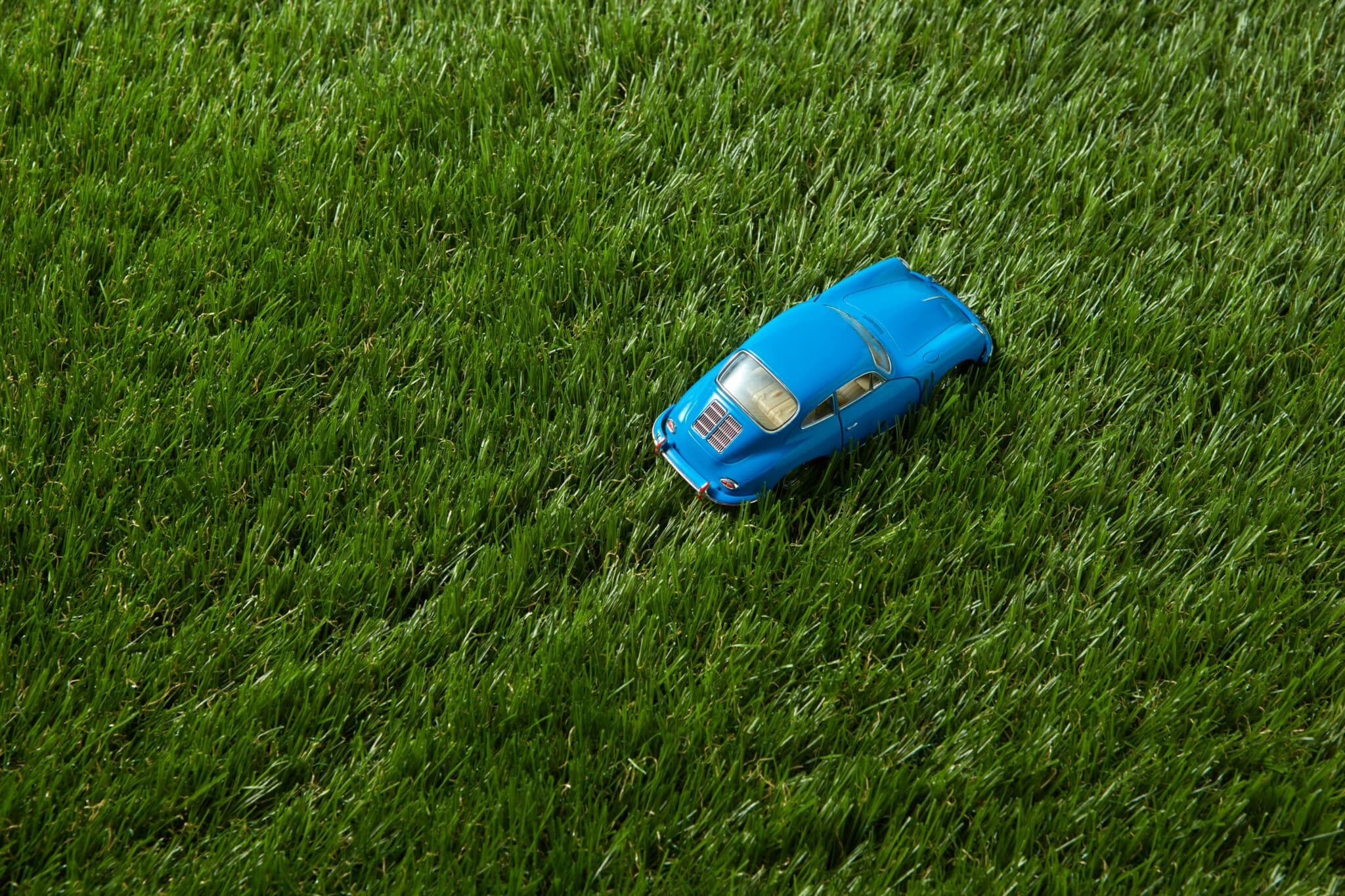
As one deals with the myriad environmental concerns identified and debated in extensive detail, synthetic turf becomes an even more compelling and thought-inspiring topic that is deserving of scrutiny. Yet, it raises an important question in return: What particular components make up artificial grass, and how does it compare against alternatives when we assess its overall environmental impact?
What Artificial Grass Is Made Of
Modern artificial turf combines advanced materials for both performance and sustainability. The grass-like blades are typically crafted from durable polyethylene (PE) or polypropylene (PP) fibers, designed to mimic the look and feel of natural grass. A thatch layer adds cushioning and realism, while the backing—often made of polyurethane or latex—provides stability. For support and drainage, infill materials like silica sand or recycled rubber are commonly used. Eco-conscious buyers can also opt for organic turf alternatives, which utilize sustainable materials such as natural latex backings, biodegradable infills (like cork or coconut fibers), and even plant-based polymers. Synthetic grass is UV-stabilized to resist fading. Lasting 10–15 years with minimal upkeep, it is a durable and increasingly sustainable choice for low-maintenance landscaping.
Environmental Benefits of Artificial Turf
It conserves thousands of gallons of water every year, eliminates toxic pesticides, and minimizes chemical runoff. Gas mowers are unnecessary, saving greenhouse gas emissions. The new turf lasts 10-15 years and is constructed out of recyclable materials.
Addressing Concerns About Artificial Grass
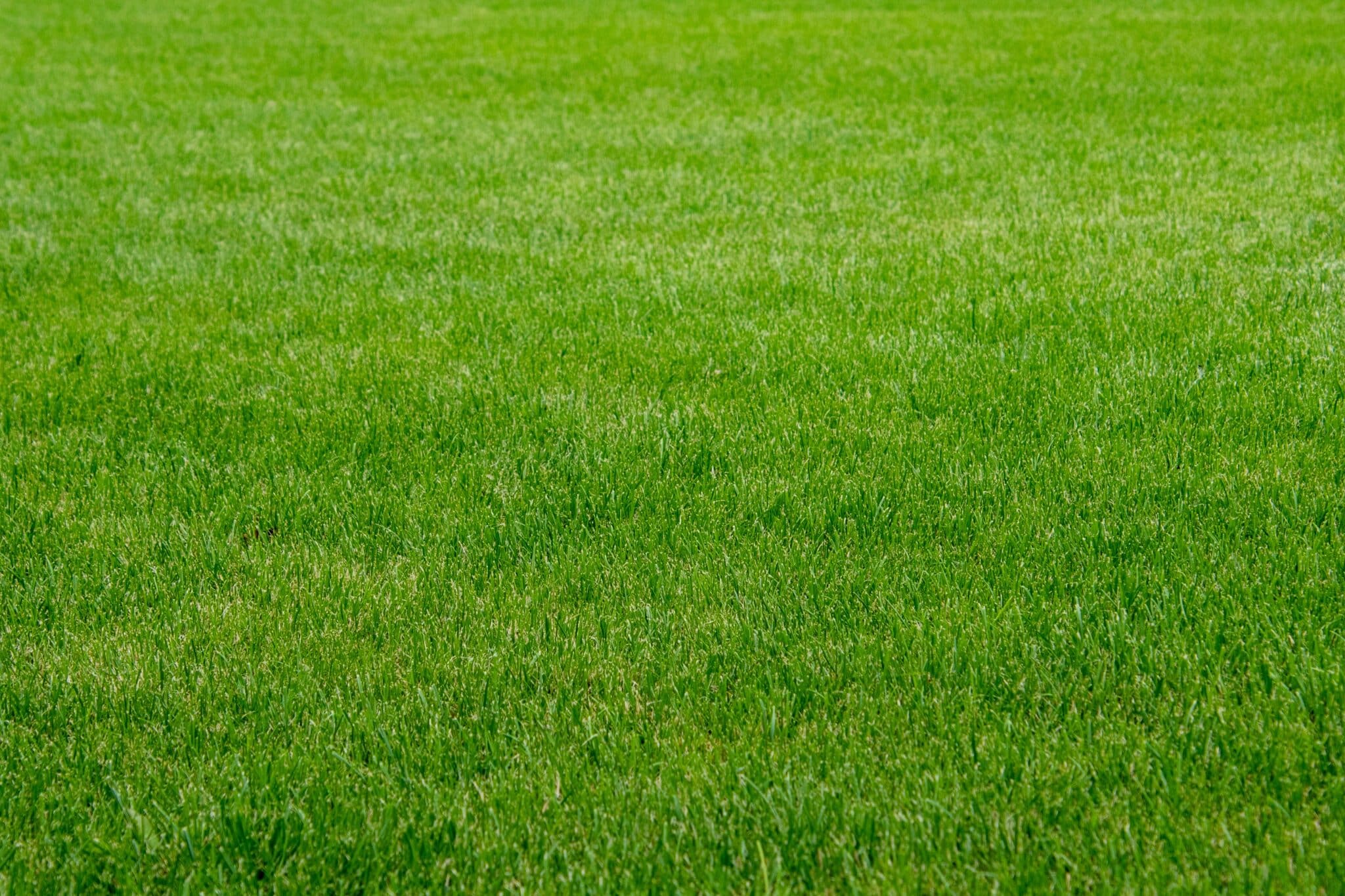
Critics have noted that artificial turf is plastic and can potentially cause microplastic pollution. Manufacturing innovation has also introduced environmentally friendly infill products (such as cork or coir fibers) and surface recycling systems. Recycling programs for end-of-life and disposal minimize environmental impact.
Making the Switch: Is Artificial Turf Right for You?
Artificial grass eliminates watering and mowing problems. Ideal for dry regions where grass does not do well, its long-lasting nature is best in high-traffic areas, pets, and families. Though initially expensive, it is cost-effective in terms of water and maintenance and is a shrewd investment.
The Future of Lawns Is Evolving
It seems that the traditional lawn is no longer the first choice among earth-conscious homeowners. With artificial grass, it is possible for you to enjoy an attractive manicured lawn throughout the year, all while keeping the environment out of harm’s way. With a comprehension of what artificial grass is all about and its environmentally friendly benefits, you can make an informed decision that finds harmony between beauty and environmental stewardship.


